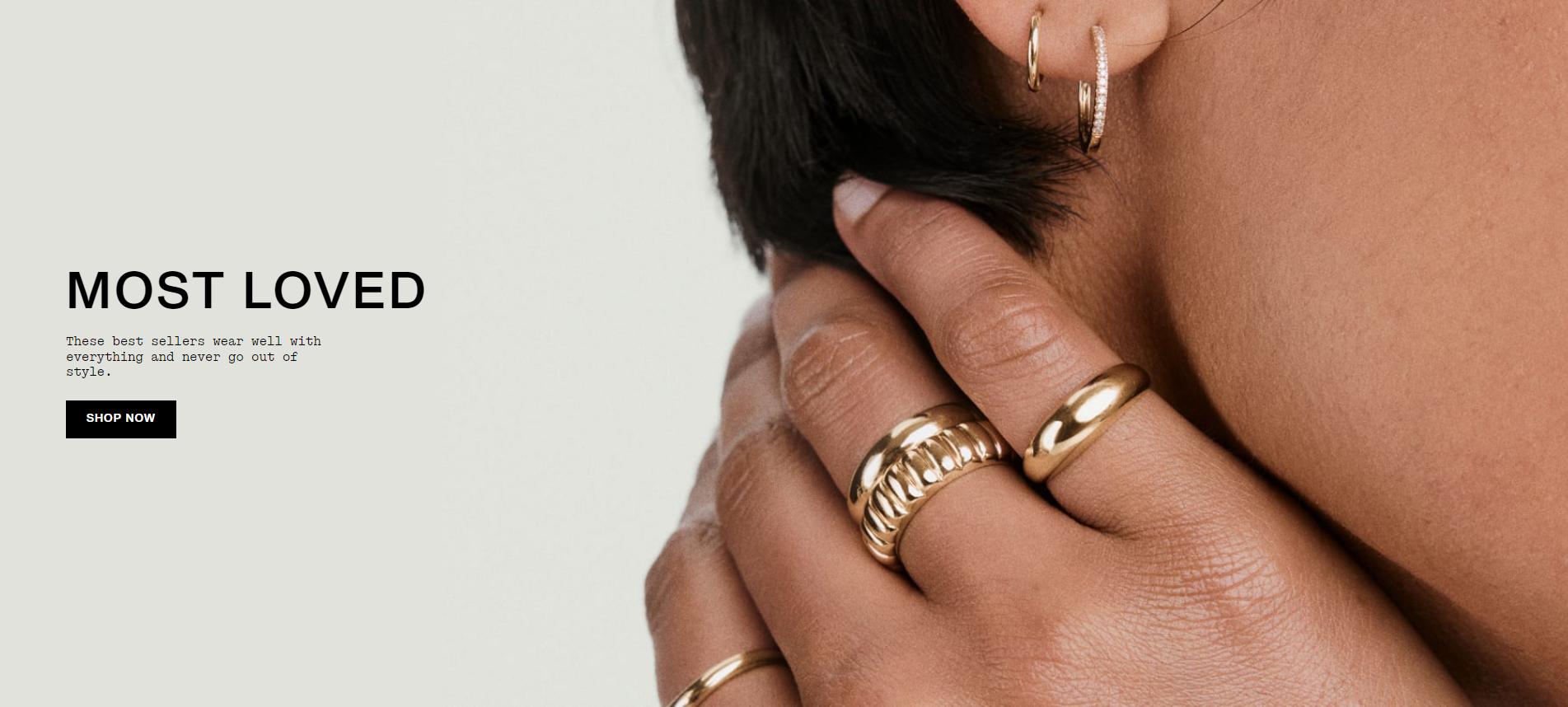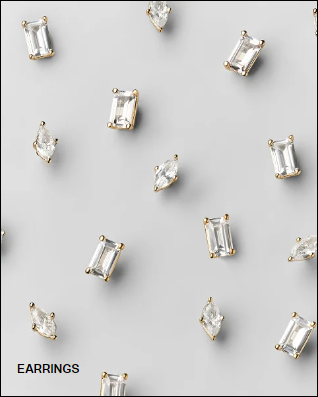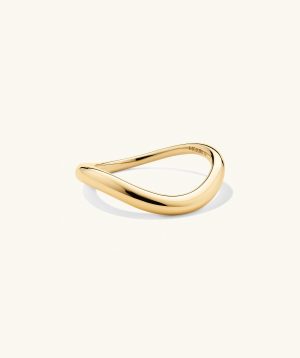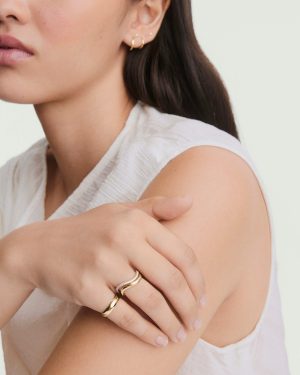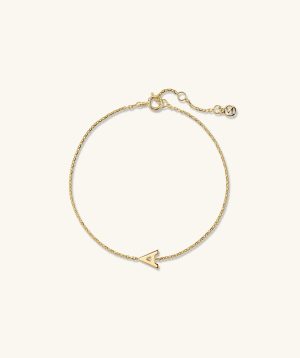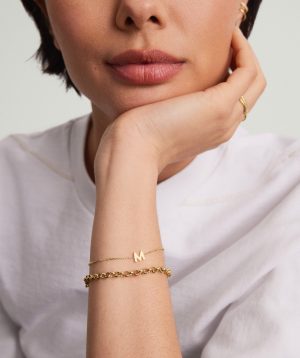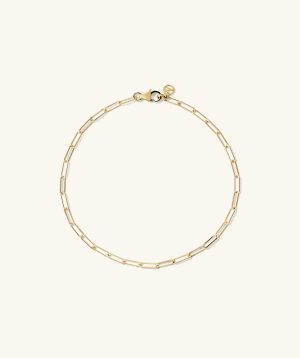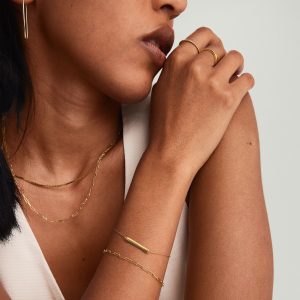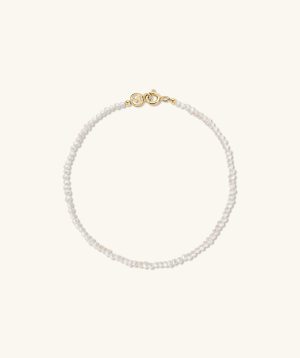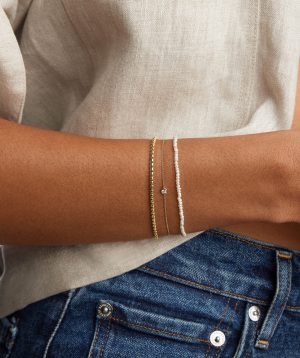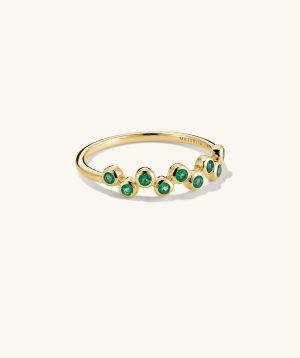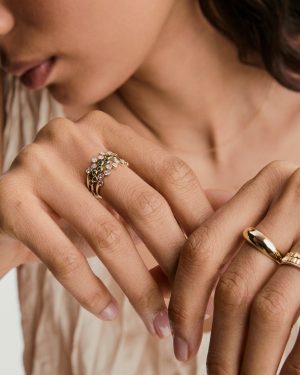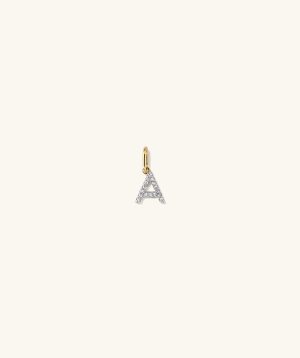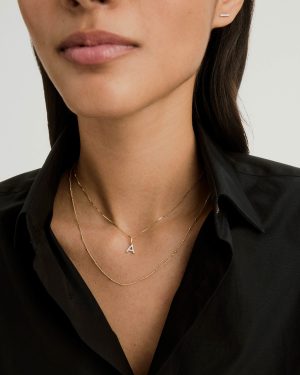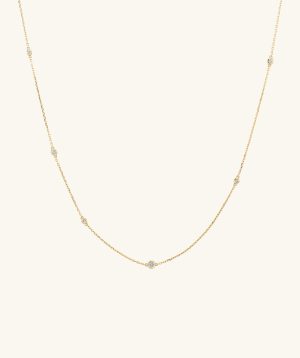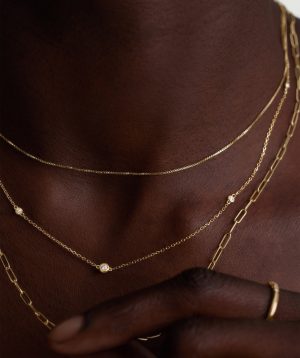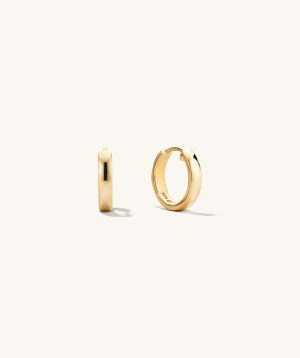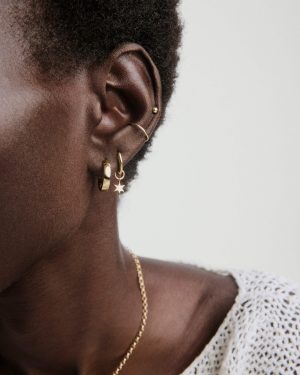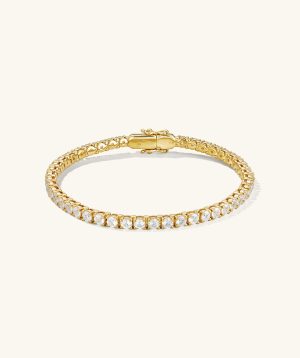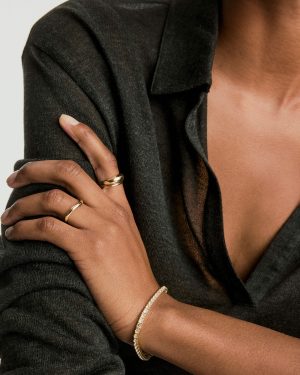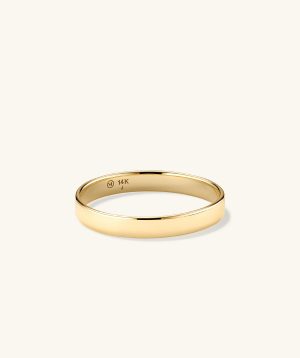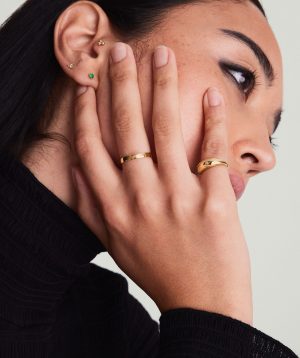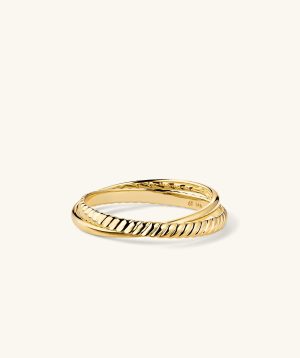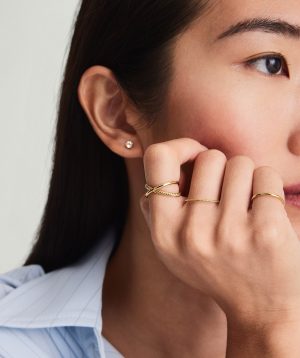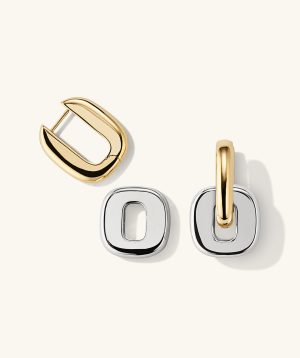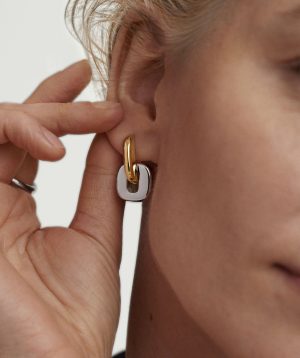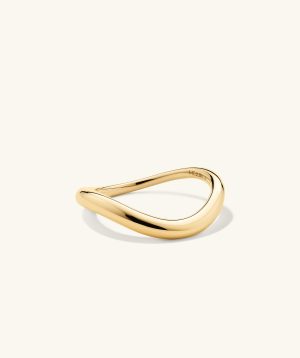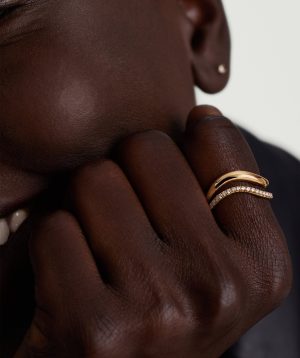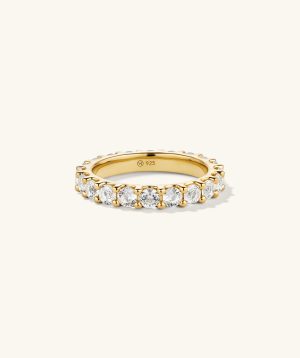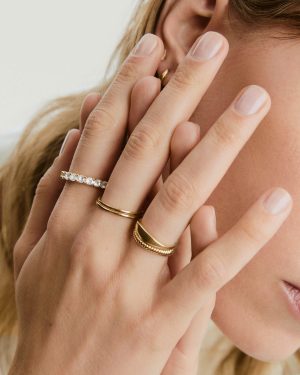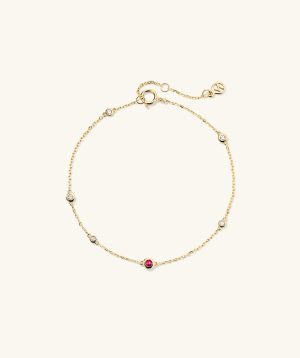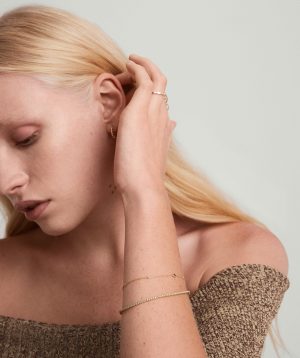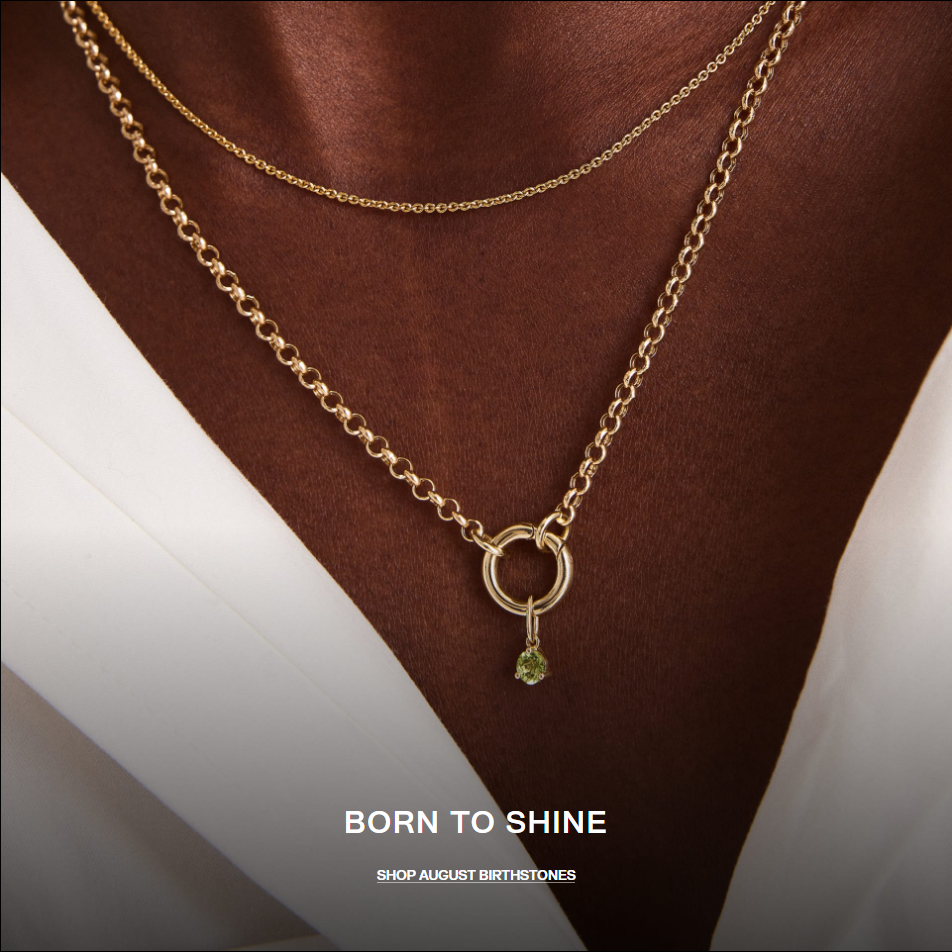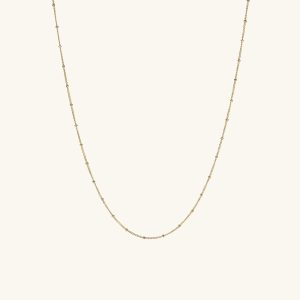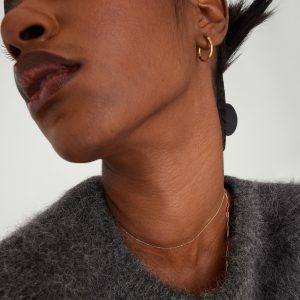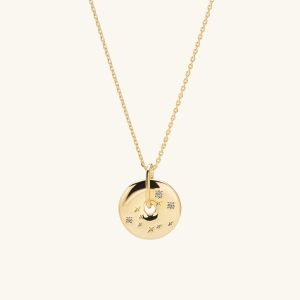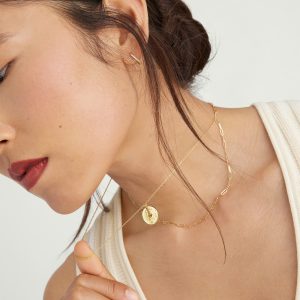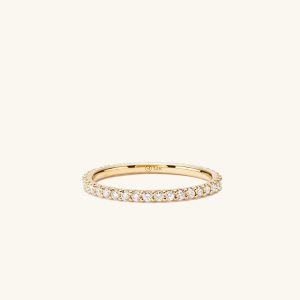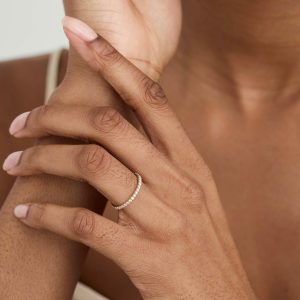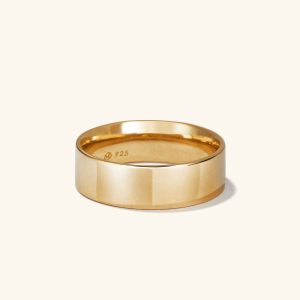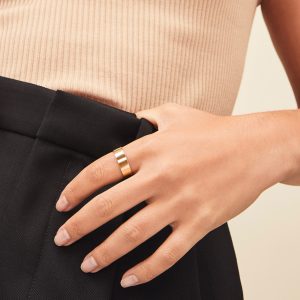Earrings: More Than Just Accessories—A Journey Through History, Style, and Self-Expression
Walk into any jewelry store, and your eyes will likely be drawn to the glittering display of earrings. Hanging from velvet stands or nestled in glass cases, they come in endless shapes, sizes, and materials: tiny studs that catch the light with a subtle sparkle, long hoops that sway with every step, and intricate drop designs adorned with gemstones or pearls. But earrings are far more than just decorative pieces to adorn the ears. They are a timeless form of self-expression, a reflection of culture and history, and even a way to tell a story about who we are.
For centuries, earrings have held a special place in human society. From ancient civilizations to modern runways, they have evolved with changing trends, yet their ability to enhance personal style and carry meaning has remained constant. In this blog, we’ll dive deep into the world of earrings—exploring their rich history across different cultures, breaking down the most popular styles of today, sharing tips on how to choose the perfect pair for any occasion, and even delving into the psychology behind why we love these tiny, powerful accessories so much. Whether you’re a die-hard jewelry lover or someone who’s just starting to experiment with earrings, there’s something here for everyone.
The Fascinating History of Earrings: From Ancient Times to the Modern Era
To truly appreciate earrings, we need to look back at where they began. The story of earrings dates back thousands of years, with evidence of their existence found in some of the oldest human civilizations.
Let’s start with ancient Mesopotamia, around 2500 BCE. Archaeologists have uncovered earrings made from gold and silver in the tombs of Sumerian royalty, suggesting that even in early societies, earrings were a symbol of wealth and status. These early designs were often simple—hoops or studs—but they laid the groundwork for the more elaborate styles that would follow.
Moving to ancient Egypt, earrings took on even more significance. Both men and women wore earrings, with designs ranging from small gold studs to large, circular hoops inlaid with colored glass or semi-precious stones like lapis lazuli. For the Egyptians, earrings weren’t just about beauty; they were also linked to religion and spirituality. Some designs featured symbols like the scarab beetle (a symbol of rebirth) or the Eye of Horus (a symbol of protection), making earrings a way to carry faith close to the body.
In ancient Greece and Rome, earrings continued to be popular, but their style shifted to reflect the cultures’ love of symmetry and natural beauty. Greek earrings often featured delicate filigree work—intricate patterns made by twisting thin metal wires—and were sometimes shaped like leaves, flowers, or even small animals. Roman earrings, on the other hand, were more opulent. Wealthy Romans favored earrings set with pearls (which were highly prized at the time) or gemstones like emeralds and rubies. Men in Rome also wore earrings, especially soldiers and sailors, who sometimes wore a single earring as a sign of courage or to mark their travels.
As we move into the Middle Ages (5th to 15th centuries), the popularity of earrings fluctuated. In Europe, the Catholic Church frowned upon excessive jewelry, viewing it as a sign of vanity. As a result, earrings became less common among wealthy women, who instead focused on other accessories like necklaces and tiaras. However, in other parts of the world—like the Byzantine Empire and parts of Asia—earrings remained a staple. Byzantine earrings, for example, were known for their bold colors and intricate enamel work, often featuring religious scenes or imperial symbols.
The Renaissance (14th to 17th centuries) brought a revival of interest in jewelry, including earrings. As art and culture flourished, so did the craftsmanship of jewelry makers. Earrings became more elaborate, with designs inspired by classical Greek and Roman motifs. Pearls remained a favorite, and earrings were often paired with matching necklaces or bracelets to create a cohesive look. During this time, earrings also became a way for women to show off their family’s wealth—larger, more expensive earrings were a clear sign of high social status.
The 18th and 19th centuries saw even more changes in earring style. In the 1700s, the “Age of Enlightenment” brought a shift toward simpler, more elegant designs. Small studs and delicate drop earrings were popular, often set with diamonds or pearls. In the 1800s, the Industrial Revolution made jewelry more accessible to the middle class. Mass production meant that earrings could be made more quickly and affordably, and new materials like glass and paste (imitation gemstones) were used to create stylish pieces that didn’t break the bank. The Victorian era (1837–1901) also introduced sentimental designs, like earrings with lockets that held photos or locks of hair, or earrings shaped like hearts or flowers to symbolize love and affection.
The 20th century was a time of dramatic change for earrings, as fashion trends shifted rapidly with each decade. The 1920s (the “Roaring Twenties”) brought the flapper style—short hair, bold makeup, and statement earrings. Long, dangly earrings made from beads or feathers were popular, as they moved with the energetic dances of the era, like the Charleston. In the 1950s, a more feminine look emerged: small, delicate studs or pearl drop earrings were favored by icons like Audrey Hepburn, who paired them with elegant dresses and sleek hairstyles.
The 1960s and 1970s brought a rebellion against traditional fashion, and earrings became a way to express counterculture. Large hoop earrings, colorful plastic designs, and earrings shaped like peace signs or flowers were popular among young people. Men also started wearing earrings again, with the “single earring” look becoming a symbol of individuality. The 1980s were all about excess—big hair, bright colors, and even bigger earrings. Chunky gold hoops, oversized studs, and earrings with logos (like Chanel or Gucci) were everywhere.
By the 1990s and 2000s, earrings became more versatile. Minimalist styles (like tiny silver studs) were popular for everyday wear, while bold statement earrings (like chandeliers or tassels) were saved for special occasions. The rise of social media in the 2010s and 2020s has only made earrings more popular, with influencers and celebrities showcasing unique, on-trend designs that inspire millions of people to experiment with their own style.
Earrings Around the World: Cultural Symbols and Traditions
Earrings aren’t just a global fashion accessory—they also carry deep cultural meaning in many societies. From marking life milestones to symbolizing identity, earrings play a unique role in cultures across the globe. Let’s take a closer look at some of these traditions.
India: Earrings as a Sign of Tradition and Identity
In India, earrings (known as “karnaphool” or “jhumka”) are an integral part of traditional attire and culture. They are worn by women of all ages, from young girls to older women, and are often part of religious and cultural ceremonies. For example, in Hindu culture, ear piercing is a sacred ritual (known as “ Karnavedha ”) that is usually performed when a child is between 3 and 5 years old. This ritual is believed to bring good luck and protect the child from evil spirits.
Indian earrings come in a wide range of styles, each tied to a specific region or community. The “jhumka” is one of the most iconic designs—a bell-shaped earring that hangs from a chain and makes a soft jingle when the wearer moves. Jhumkas are often made from gold and are set with gemstones like rubies or emeralds. Another popular style is the “mango earring,” which is shaped like a mango (a symbol of fertility and prosperity in Indian culture). In some parts of India, men also wear earrings—usually small studs or hoops—to signify their social status or profession. For example, in the state of Punjab, Sikh men often wear small gold studs as a symbol of their faith.
Africa: Earrings as a Symbol of Status and Heritage
Africa is a continent with rich and diverse cultures, and earrings play a important role in many of them. In some African tribes, earrings are used to indicate a person’s age, marital status, or social rank. For example, among the Maasai people of Kenya and Tanzania, women wear large, circular earrings made from brass or copper. These earrings are often stretched over time—young girls start with small hoops, and as they grow older, the hoops are replaced with larger ones. The size of the earrings is a sign of a woman’s age and maturity.
In other African cultures, earrings are linked to heritage and tradition. The Yoruba people of Nigeria are known for their intricate beadwork, and Yoruba earrings often feature colorful beads arranged in patterns that tell stories about the wearer’s family or community. The Ashanti people of Ghana favor gold earrings, which are a symbol of wealth and power. Ashanti royalty often wear large, elaborate gold earrings set with gemstones, and these earrings are passed down from generation to generation as family heirlooms.
Middle East: Earrings as a Blend of Beauty and Faith
In the Middle East, earrings are a staple of women’s jewelry, and their designs often reflect the region’s rich history and religious traditions. For example, in Saudi Arabia and the United Arab Emirates, women often wear large, ornate earrings made from gold or silver, set with diamonds, rubies, or sapphires. These earrings are often paired with other gold jewelry (like necklaces or bracelets) to create a luxurious look.
In Iran, earrings have a long history dating back to ancient Persia. Persian earrings often feature delicate filigree work and are sometimes shaped like flowers or birds. Many Iranian women also wear earrings with religious symbols, like the “Hamsa” (a hand-shaped symbol that is believed to protect against the evil eye) or verses from the Quran engraved on the metal. These earrings are a way to express faith while also enhancing beauty.
Latin America: Earrings as a Celebration of Culture
In Latin America, earrings are a vibrant part of the region’s culture, with styles that reflect its mix of indigenous, European, and African influences. In Mexico, for example, earrings often feature colorful designs inspired by indigenous art. The “Oaxacan earrings” are a popular style—handmade from clay or wood and painted with bright colors like red, blue, and yellow. These earrings often depict animals, flowers, or scenes from Mexican folklore.
In Brazil, earrings are all about fun and flair. Brazilian women love bold, statement earrings—large hoops, tassels, or earrings made from colorful beads. During festivals like Carnival, earrings become even more elaborate, with designs featuring feathers, sequins, and glitter. In some parts of Latin America, men also wear earrings, especially in countries like Argentina and Colombia, where the single earring look is a popular fashion choice.
The Ultimate Guide to Earring Styles: From Studs to Chandeliers
With so many earring styles available, it can be overwhelming to choose the right pair. But understanding the different types of earrings and their best uses can help you build a collection that suits your personal style and fits every occasion. Let’s break down the most popular earring styles and what makes each one unique.
1. Stud Earrings: The Timeless Classic
Stud earrings are the foundation of any earring collection. They are small, simple, and sit close to the earlobe, with a post that goes through the ear and a backing to keep them in place. Studs are versatile—they can be worn every day, to work, to school, or even to formal events.
The most popular type of stud earring is the diamond stud. Diamond studs are a symbol of elegance and sophistication, and they never go out of style. They come in different carat weights, from tiny 0.25-carat studs to larger 1-carat or more designs. But studs aren’t just for diamonds—they can also be made from other gemstones (like sapphires, rubies, or emeralds), pearls, or even plain metal (like gold, silver, or platinum).
Pearl studs are another classic choice. Freshwater pearls are affordable and come in a range of colors (white, pink, lavender), while Akoya pearls are known for their bright luster and round shape. Pearl studs are perfect for adding a touch of femininity to any outfit, and they pair well with both casual and formal wear.
2. Hoop Earrings: The Bold and Versatile Favorite
Hoop earrings are one of the most popular earring styles, and for good reason. They are bold, eye-catching, and come in a wide range of sizes and designs. Hoop earrings are a circle or semi-circle shape that loops through the earlobe, and they can be thin or thick, small or large.
Small hoop earrings (often called “huggie hoops”) are perfect for everyday wear. They sit close to the earlobe and add a subtle touch of style without being too flashy. Medium-sized hoops are great for work or casual outings—they are noticeable but not overwhelming. Large hoop earrings are for when you want to make a statement. They are perfect for parties, concerts, or nights out, and they pair well with simple outfits (like a t-shirt and jeans) to add a pop of style.
Hoop earrings also come in different materials and designs. Gold hoops are a classic choice—they are timeless and go with everything. Silver hoops are more modern and casual, while rose gold hoops add a touch of warmth. Some hoops are plain, while others are adorned with gemstones, beads, or engravings. For example, a hoop earring with small diamonds around the edge adds a touch of sparkle, while a hoop with a tassel or charm adds a fun, playful vibe.
3. Drop Earrings: The Elegant Choice for Special Occasions
Drop earrings are a type of earring that hangs down from the earlobe, usually with a single gemstone, pearl, or charm attached to a chain or metal bar. They are more formal than studs or small hoops, making them perfect for weddings, parties, or other special events.
Drop earrings come in a range of lengths—from short drops that hang just below the earlobe to long drops that reach the shoulders. Short drop earrings are versatile—they can be worn to work or to a semi-formal event. Long drop earrings are more dramatic and are best for formal occasions. For example, a pair of long diamond drop earrings would be perfect with a evening gown, while a pair of pearl drop earrings would complement a wedding dress.
One of the most popular types of drop earrings is the “dangle drop,” which features a gemstone or pearl that swings freely from the chain. This movement adds a touch of elegance and grace, making the earrings even more eye-catching. Another type is the “linear drop,” which has a straight metal bar with a gemstone at the end—this style is more modern and sleek.
4. Chandelier Earrings: The Ultimate Statement Piece
If you want to make a bold statement, chandelier earrings are the way to go. These earrings are large, elaborate, and feature multiple layers of gemstones, beads, or metalwork that hang down from the earlobe. They are inspired by the design of chandeliers (hence the name), and they are perfect for formal events like galas, red carpet events, or weddings.
Chandelier earrings come in a wide range of designs. Some are made from gold or silver and set with dozens of small diamonds or gemstones, creating a sparkling, eye-catching effect. Others feature colorful beads or enamel work, making them more playful and vibrant. Chandelier earrings can be long or short, but they are always attention-grabbing.
One thing to keep in mind with chandelier earrings is that they can be heavy, so it’s important to choose a pair that is comfortable to wear. Look for earrings with a secure backing (like a lever back or screw back) to keep them in place, and avoid wearing them for too long if they feel heavy on your earlobes.
5. Huggie Earrings: The Comfortable and Stylish Option
Huggie earrings are a type of hoop earring that is small and fits tightly around the earlobe—hence the name “huggie.” They are similar to small hoops, but they are usually thicker and have a more rounded shape. Huggie earrings are perfect for everyday wear because they are comfortable, secure, and don’t get in the way of daily activities (like typing or brushing your hair).
Huggie earrings come in a range of materials, including gold, silver, and rose gold. Some are plain, while others are adorned with small gemstones or engravings. For example, a pair of gold huggie earrings with tiny diamonds around the edge is a great way to add a subtle touch of sparkle to your everyday look. Huggie earrings are also a popular choice for people with multiple ear piercings—they can be mixed and matched with other studs or small hoops to create a unique, layered look.
6. Ear Cuffs: The Edgy and Versatile Trend
Ear cuffs are a unique type of earring that doesn’t require a piercing. They wrap around the outer edge of the ear (the cartilage) and can be worn alone or with other earrings. Ear cuffs are perfect for people who want to experiment with their style without getting a new piercing, and they come in a range of designs—from simple, minimalist cuffs to elaborate, statement-making pieces.
Simple ear cuffs are small and thin, and they wrap around the top of the earlobe or the upper cartilage. They are perfect for everyday wear and can be paired with studs or hoops to add a subtle edge to your look. Elaborate ear cuffs are larger and feature gemstones, beads, or chains that hang down from the ear. These are great for parties or nights out and are sure to turn heads.
Ear cuffs are also adjustable, so they can fit any ear size. To put on an ear cuff, simply slide it onto the edge of your ear and adjust it to fit snugly (but not too tight). Most ear cuffs are made from metal (like silver or gold), but some are made from plastic or other materials for a more casual look.

